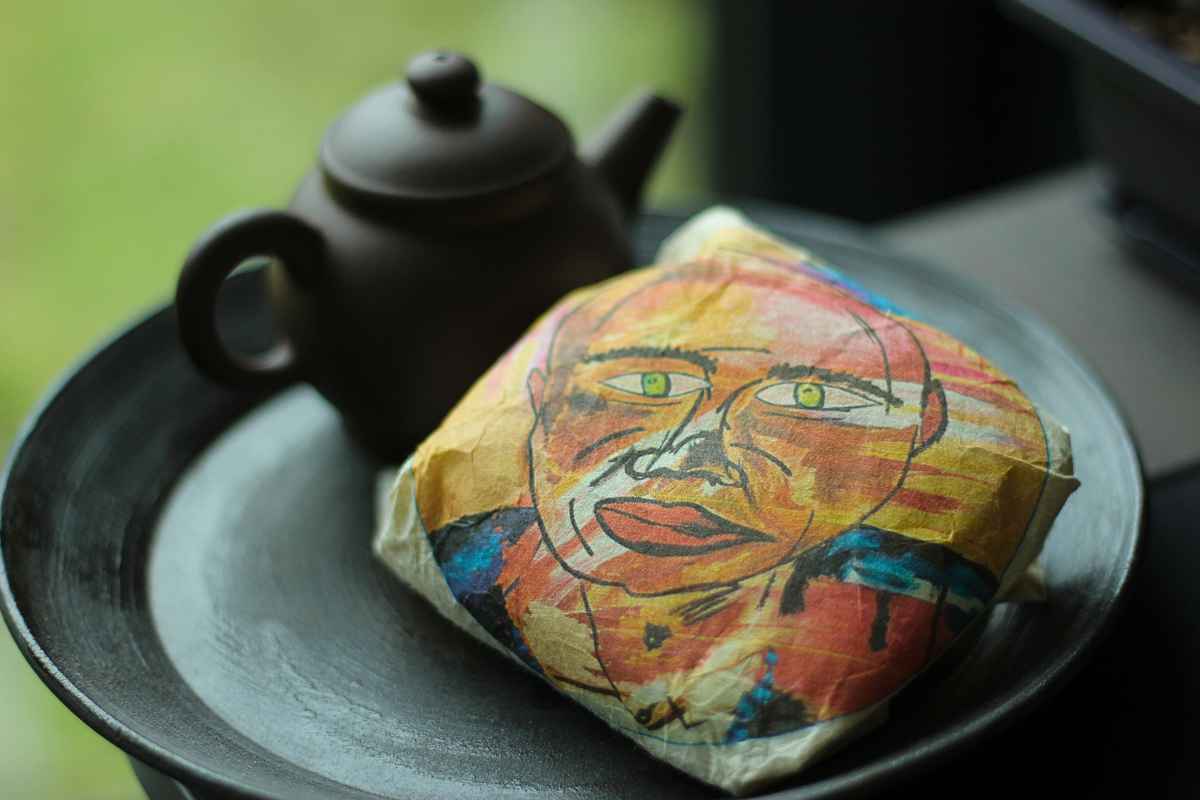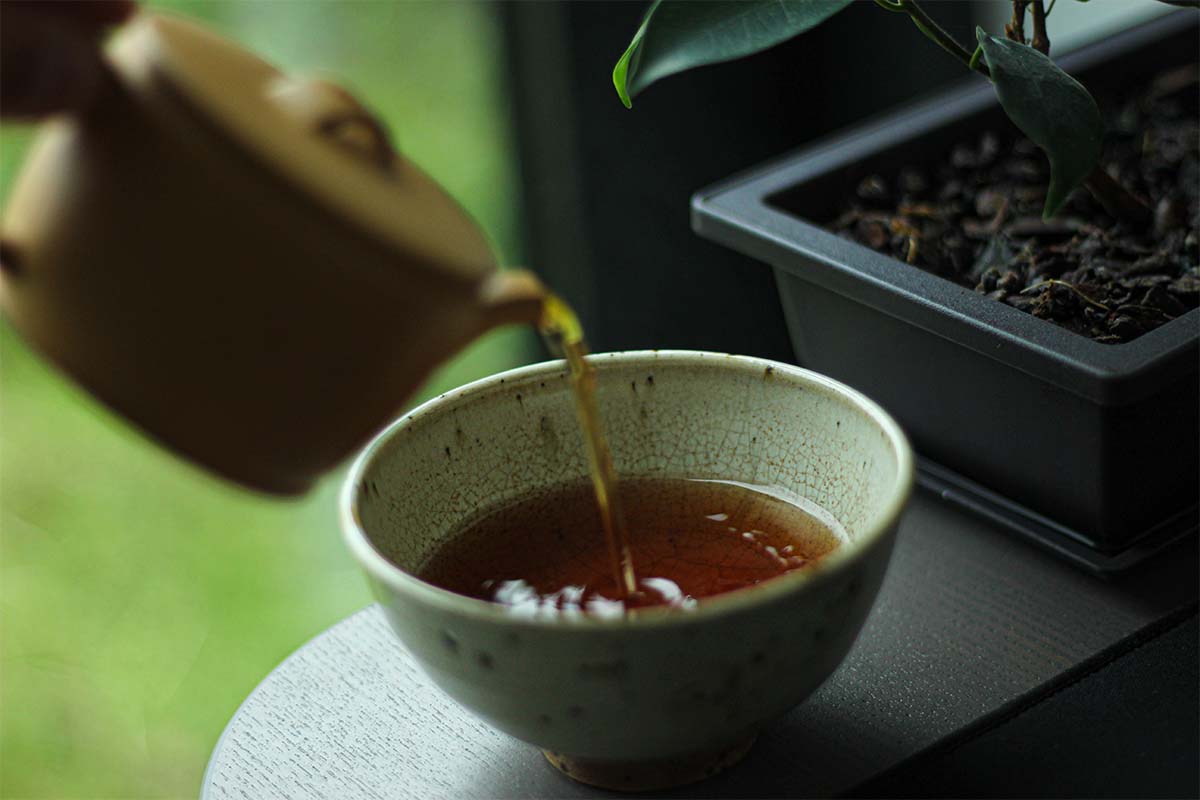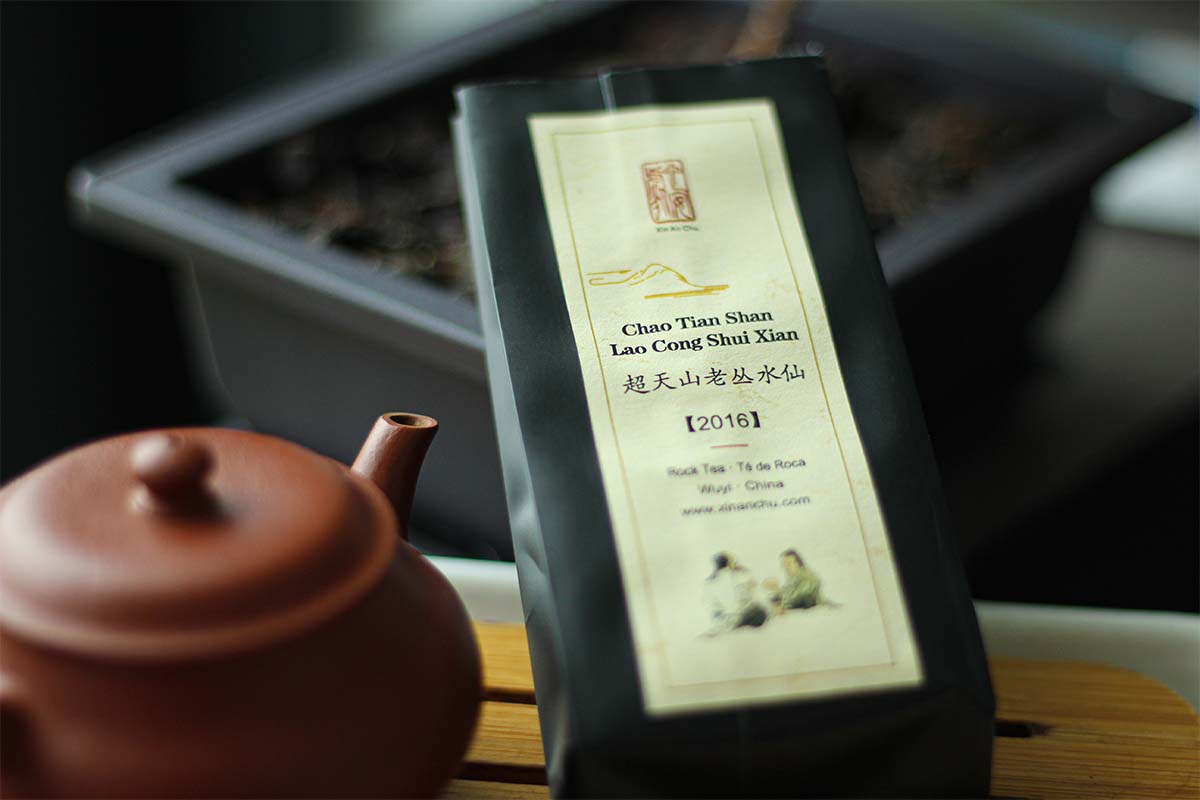Silver needle white tea is probably the most famous kind of white tea. That is why I got the idea to do a horizontal tea session of two different versions of this tea. They are both called ‘silver needle’ but come from different areas in China. I thought it was interesting to find out if they are as similar as the name suggests. One comes from Yang Ta in Yunnan Province and the other one comes from Songyang in Zhejiang Province. I won’t tell where I bought the teas as it is not about the quality, but rather about differences in flavour.
Do you want to read about another horizontal tea session I did a while ago? I compared two different Long Jing teas and you can read all about it here.
Silver Needle
Silver needle tea is a kind of tea that is purely made of tender buds (something that may grow into a flower) of the tea plant. This implies that this kind of tea is more difficult to produce as a tea plant produces fewer buds than it produces leaves. Usually, this type of tea has some light silvery hairs on the leaves, hence its name. In general, if a white tea consists of buds, it’s called a silver needle tea. It doesn’t matter where the tea comes from, as long as the tea leaves are buds. I think you can guess that this creates huge differences in taste between different versions of this tea.
One cannot really tell the difference between the leaves. You can obviously see that these are two silver needle teas but that’s about it. I had expected to notice bigger differences but the only thing that might be different is that the Zhejiang Silver Needle is slightly lighter.
Tasting
- 90°C water
- 2g of tea leaves for a 50ml ceramic teapot
- 1 short rinse
- I did not write down detailed notes about each infusion but it’s about the general differences in flavour.
I will not give a detailed analysis of the different infusions but my aim is to describe the general differences in flavour between these two teas. After closely examining the dry leaves, I started brewing the tea. The first thing I did next was looking at the colour of the liquor. They are both really light but there is a slight difference. The Zhejiang is a tiny bit darker than the silver needle from Yunnan.
Now onto the aromas and flavours! This is where the magic happened. I noticed that the Yunnan leaves had a brighter smell. I got woody, vegetal and some herbaceous notes while sniffing the leaves. The silver needle from Zhejiang had a deeper and warmer smell. This one is also the sweetest of the two.
The major difference between the two teas is that the Yunnan silver needle was brighter, fresher and it seemed that all the flavours were more at the surface. It was mainly vegetal with a certain sweetness in the finish. This sweetness was characterized by notes of oranges. The leaves from Zhejiang had a warmer and deeper taste. I also got a sweetness but it was deeper and more of a general sweetness without being one specific type. I couldn’t really pin down the flavour except saying that it was sweet.
Round 2
After several infusions, I did not want to throw away the leaves so I decided to do something I wouldn’t normally do: I threw them both in my gaiwan to see what this would result in.
This little experiment turned out well! I got a subtle but deep flavour with a sweetness to it. I was unable to specifically name the sweetness as it was a general one. One thing was sure: it was definitely not the oranges from the Yunnan silver needle. It was pleasant and ok to drink but it wasn’t anything extraordinary. It almost seemed like the Zhejiang silver needle cancelled the flavours of the Yunnan one as I did not really experience any bright or fresher notes.
Did you know there is a type of tea that is called yellow tea? If you want to know more about this more exclusive type of tea, you can read this article.
Conclusion
The final experiment was not that impressive but what was more interesting about this session were the differences in flavours and aromas between two seemingly similar but completely different teas. The Yunnan one had brighter flavours that were more at the surface; like the oranges, for example. The Zhejiang silver needle was all about a deep and warm sweetness. It’s funny but not unlogical that two versions of ‘the same’ tea differ from one another in this spectacular way. That’s why it is interesting to drink them next to each other. People who are not aware of the origins of tea could be in for a major surprise if they think all silver needle tea tastes the same.




